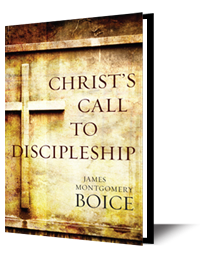
When John is caught up into heaven and passes through the door, he sees the throne of the Almighty. That word "throne" occurs seventeen times in these two chapters, and about forty times overall in the Book of Revelation. It introduces a magnificent scene. I invite you to try to begin to visualize it in some way.

In this lesson we’ll be studying Revelation 4 which is the first introduction in this book to what heaven is like. I want to begin by describing a rather extraordinary worship service. It took place on a day that had been set apart as a festival to worship God. People rose early and offered sacrifices, and then they enjoyed a fellowship meal. Everyone took part, and they were so involved in their worship that they then began to dance before God in celebration.

I want to look at verse 19, particularly, because that’s difficult. Many people regard verse 19 as the key to understanding the whole of the prophecy and there’s a sense in which it may be. At any rate, however you look at the prophecy, it’s going to affect how you look at this verse. There are four main views of verse 19. Verse 19 talks about "he who is": "Write therefore what you have seen, what is now, and what will take place later."

The fourth thing described in John’s vision is found in verse 15: "His feet are like bronze glowing in a furnace." That image is also in Daniel (10:6). It suggests moral purity but it also speaks of the force and irresistibility of Christ’s judgment, because these are the feet with which he’s going to tread out the great wine press of God’s wrath.

What’s about to happen in this book is that John’s vision is going to open the eyes of those to whom he writes to a reality greater than their suffering. While he was worshiping and praying, he suddenly heard a loud voice that told him to write down what he was about to see and send it to the seven churches. The voice like the sound of a trumpet is like the voice that Moses heard on Mount Sinai. John is making us think about the Old Testament.


















